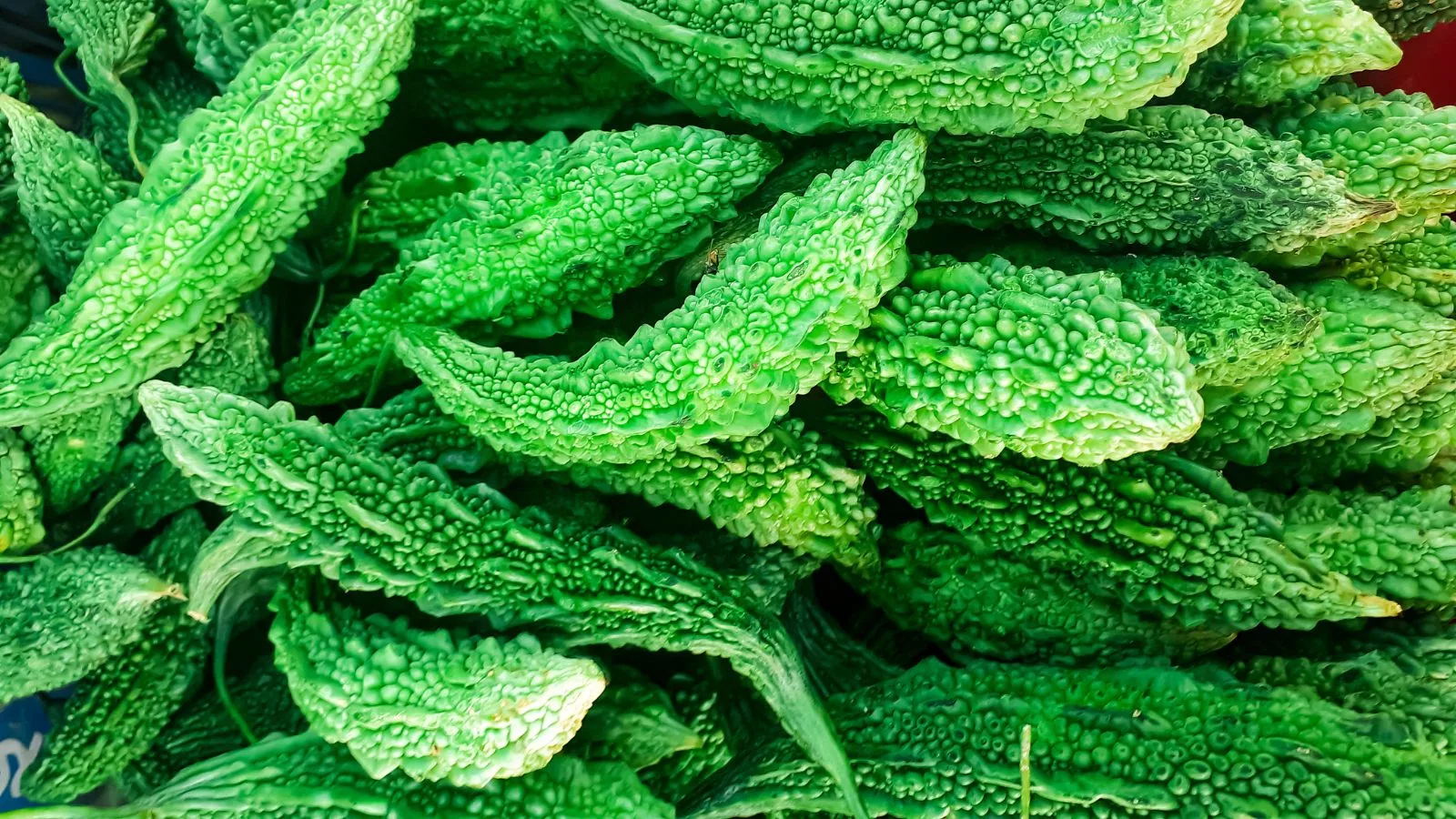Smilax china (Chopchini) is a woody climber with thorny stems and heart-shaped leaves. It produces red berries and is native to India, China, and Southeast Asia. It is known for its ability to purify the blood, manage joint disorders, and treat skin ailments.
Chopchini Scientific Names
- Kingdom: Plantae
- Phylum: Angiosperms
- Class: Monocots
- Order: Liliales
- Family: Smilacaceae
- Genus: Smilax
- Species: Smilax china
Chopchini Common Names
- English: China Root, Greenbrier
- Sanskrit: Chopchzini, Chobchinvi
- Hindi: Chopchini
- Tamil: Seemai Kattuvalli
- Telugu: Neggadigaddalu
- Bengali: Chopchini
- Marathi: Chopchini
Chopchini Uses
- Anti-Rheumatic and Anti-Inflammatory – Used in joint pain, arthritis, and gout treatment, Helps reduce swelling and inflammation.
- Blood Purification and Detoxification – Acts as a natural blood cleanser, removing toxins, Beneficial in treating chronic skin diseases like eczema and psoriasis.
- Anti-Diabetic Properties – Helps in regulating blood sugar levels, Supports pancreatic function and insulin balance.
- Respiratory Health – Useful in treating chronic cough, bronchitis, and asthma, Acts as a natural expectorant.
- Metabolic and Digestive Health – Aids digestion and reduces bloating and indigestion, Supports weight management and metabolism.
- Sexual and Reproductive Health – Traditionally used as an aphrodisiac and fertility booster, Helps in managing hormonal imbalances.
Phytochemical Constituents
Chopchini contains bioactive compounds that contribute to its medicinal effects:
- Alkaloids: Saponins, Diosgenin
- Flavonoids: Quercetin, Rutin
- Glycosides: Smilagenin
- Steroids: Beta-Sitosterol
- Tannins: Antioxidants
- Terpenoids: Sapogenins
References
Ayurvedic Pharmacopoeia of India (API), Govt. of India.
Bhavprakash Nighantu, Chapter on Herbal Remedies.
Sharma, R., & Gupta, A. (2020). “Phytochemistry and Therapeutic Applications of Smilax china: A Review.” Journal of Ethnopharmacology, 255, 112784.
European Pharmacopoeia, 10th Edition, Council of Europe.
Kumar, S., & Yadav, M. (2021). “Chopchini (Smilax china): A Potent Anti-Inflammatory Herb.” International Journal of Herbal Medicine, 9(1), 38-50.
Chopra, R.N., Nayar, S.L., & Chopra, I.C. (1956). Glossary of Indian Medicinal Plants. CSIR, New Delhi.













